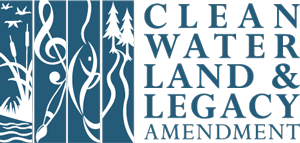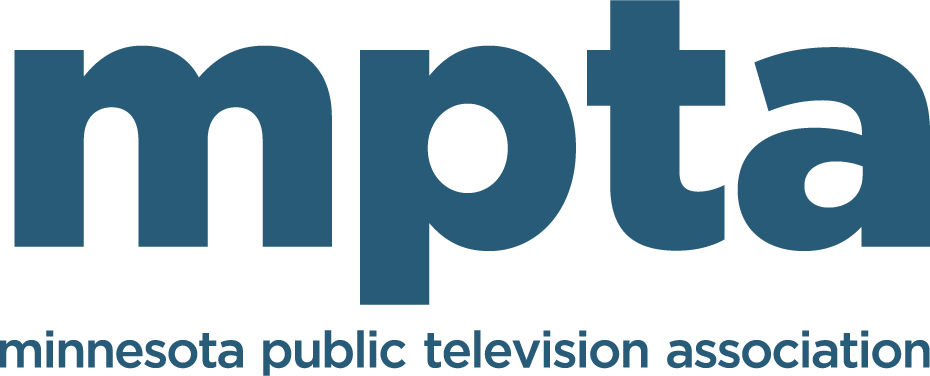Ésta es mi Casa | This is my Home
Meghan Vettleson shares her experiences producing a documentary during a pandemic while learning about the history of migrant workers who moved to the Red River Valley

When production started on Ésta Es Mi Casa – This Is My Home during the COVID pandemic, we knew there would be challenges. But making a documentary during this strange time in history was nowhere near as uncertain, dangerous, and life changing as the journey of Hispanic families who chose to migrate to our region in search of a better life generations ago.
Documenting the journey north
Hispanic families traveled from Texas and Mexico to the Red River Valley starting in the 1930s, having only seen a poster in their town advertising work available in the sugar beet fields up North. To document this history and to acknowledge the rich culture they brought to our region, Prairie Public producer Matt Olien set out to collect stories from the descendants of those who chose to stay and make their homes in Minnesota and North Dakota.
Unexpected challenges
The challenge we faced in chronicling these stories was protecting our subjects, the children and grandchildren of those hard working pioneers, from COVID-19.
Clad in masks, gloves, and respecting physical distance, our production team set up interviews throughout the Red River Valley. Hauling heavy objects, like film equipment, is not optimal while wearing a mask. But a few weeks of manual labor was nothing compared to the stories we heard from our interviewees – stories of their parents and their grandparents working in the sugar beet fields for months on end.
Bringing the story to life
As an editor, my job is to make the b-roll footage match the narration. It was no easy task to convey the strenuous manual labor, the emotionally moving recollections, and the uncertainty the first families must have felt when they arrived here.
Unlike any project I had worked on before, I wanted as many family photos from our interviewees as possible. By reaching into the past and looking into the eyes of the workers in the fields, the silent photos spoke volumes. No amount of reenactment b-roll or historic footage could convey the same energy that can be felt through the photos I received.
Editing Ésta Es Mi Casa – This Is My Home from my home helped me realize that home is not only a place where you live, but also a deep-seated emotion that you can find wherever you are – just as the individuals we interviewed for this documentary found home in our region.
Sharing stories
In place of a premiere at a local theatre, we hosted a digital premiere via Zoom. Over 90 people attended the online premiere. It was an incredible experience for me to see people from all around the United States attend and ask questions to our panel of three individuals that were featured in the documentary. The gratitude Prairie Public received on behalf of the panelists and those who attended was unbelievable.
The attendees and panelists alike all said the same thing: "Thank you for telling our story."


